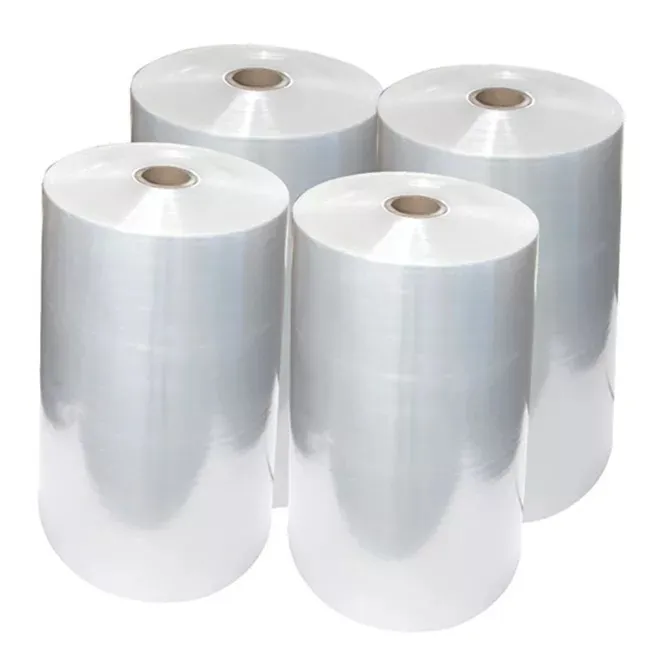- Afrikaans
- Albanian
- Amharic
- Arabic
- Armenian
- Azerbaijani
- Basque
- Belarusian
- Bengali
- Bosnian
- Bulgarian
- Catalan
- Cebuano
- chinese_simplified
- chinese_traditional
- Corsican
- Croatian
- Czech
- Danish
- Dutch
- English
- Esperanto
- Estonian
- Finnish
- French
- Frisian
- Galician
- Georgian
- German
- Greek
- Gujarati
- haitian_creole
- hausa
- hawaiian
- Hebrew
- Hindi
- Miao
- Hungarian
- Icelandic
- igbo
- Indonesian
- irish
- Italian
- Japanese
- Javanese
- Kannada
- kazakh
- Khmer
- Rwandese
- Korean
- Kurdish
- Kyrgyz
- Lao
- Latin
- Latvian
- Lithuanian
- Luxembourgish
- Macedonian
- Malgashi
- Malay
- Malayalam
- Maltese
- Maori
- Marathi
- Mongolian
- Myanmar
- Nepali
- Norwegian
- Norwegian
- Occitan
- Pashto
- Persian
- Polish
- Portuguese
- Punjabi
- Romanian
- Russian
- Samoan
- scottish-gaelic
- Serbian
- Sesotho
- Shona
- Sindhi
- Sinhala
- Slovak
- Slovenian
- Somali
- Spanish
- Sundanese
- Swahili
- Swedish
- Tagalog
- Tajik
- Tamil
- Tatar
- Telugu
- Thai
- Turkish
- Turkmen
- Ukrainian
- Urdu
- Uighur
- Uzbek
- Vietnamese
- Welsh
- Bantu
- Yiddish
- Yoruba
- Zulu
Exploring Sustainable Innovations in Paperboard Production and Its Environmental Impact
The Versatility of Paperboard A Sustainable Choice for Packaging
In an era where sustainability and environmental consciousness are at the forefront of consumer preferences, paperboard emerges as an increasingly popular choice for packaging solutions. Defined as a sturdy, thick paper-based material, paperboard is utilized in a diverse range of applications, from food containers to cosmetic packaging. In this article, we explore the various qualities of paperboard, its advantages over other materials, and the trends shaping its future in the packaging industry.
Understanding Paperboard
Paperboard is produced from several layers of cellulose fibers, which can be sourced from both recycled and virgin materials. This material is characterized by its lightweight, yet durable structure, making it ideal for many packaging purposes. Paperboard can be easily molded, printed on, and coated, which allows manufacturers to create visually appealing and functional packaging tailored to consumer needs.
Sustainability at its Core
One of the most significant advantages of paperboard is its inherent sustainability. Unlike plastic, which can take hundreds of years to decompose, paperboard is biodegradable and can be recycled multiple times. Many paperboard products come from sustainably managed forests, where the environmental impact is minimized. As consumers become more eco-conscious, the demand for recyclable and compostable packaging materials such as paperboard continues to rise.
Moreover, paperboard’s production process can be less energy-intensive compared to plastics and metals, leading to a lower carbon footprint. Companies that incorporate eco-friendly practices, like using soy-based inks and reducing waste during manufacturing, further enhance the green credentials of paperboard packaging.
Economic Efficiency
Beyond its environmental benefits, paperboard packaging presents an economical option for many businesses. Its lightweight nature reduces shipping costs while still providing protection during transportation. Additionally, the versatility of paperboard allows manufacturers to create unique shapes and designs that add value to their products without significant increases in production costs.
paperboard paper

As e-commerce continues to grow, the need for efficient and protective packaging has never been more important. Paperboard is conducive to creating customized boxes that safeguard products during delivery while also providing a brand's identity through personalized designs. This blend of protection and branding makes paperboard an appealing choice for online retailers.
Adaptability Across Sectors
The versatility of paperboard extends beyond e-commerce; it is widely used in numerous sectors, including food and beverage, pharmaceuticals, and cosmetics. For instance, in the food industry, paperboard offers a safe and hygienic option for packaging products like frozen meals, fast food, and snacks. Its ability to be coated with food-safe materials further enhances its applicability.
In the cosmetic and personal care industry, paperboard packaging is increasingly favored for its elegance and sustainability. Brands are embracing this material to communicate a message of environmental responsibility while ensuring their products stand out on the shelves. With advancements in design and printing technology, paperboard packaging can be both functional and aesthetically pleasing.
The Future of Paperboard Packaging
The future of paperboard packaging looks promising as innovations in material development and processing continue to emerge. Research in enhancing the barrier properties of paperboard to protect products from moisture and oil, without compromising its eco-friendly attributes, is already underway. Furthermore, the trend towards minimalism and simplicity in packaging design aligns perfectly with paperboard’s aesthetic and sustainability.
As regulatory movements worldwide push for reduced plastic use, industries are likely to see an accelerated transition towards paperboard packaging solutions. Companies committed to sustainable practices will gain a competitive edge in an increasingly environmentally aware market.
Conclusion
In summary, paperboard stands out as a versatile, sustainable, and economically viable packaging solution. As consumer preferences shift towards eco-friendly products, and as industries adapt to meet these demands, paperboard is positioned to become a leading material in the packaging landscape. By embracing the benefits of paperboard, businesses can align themselves with the principles of sustainability while providing consumers with the quality and design they expect. The future is bright for paperboard packaging, and its impact on both the environment and the economy is undeniable.













